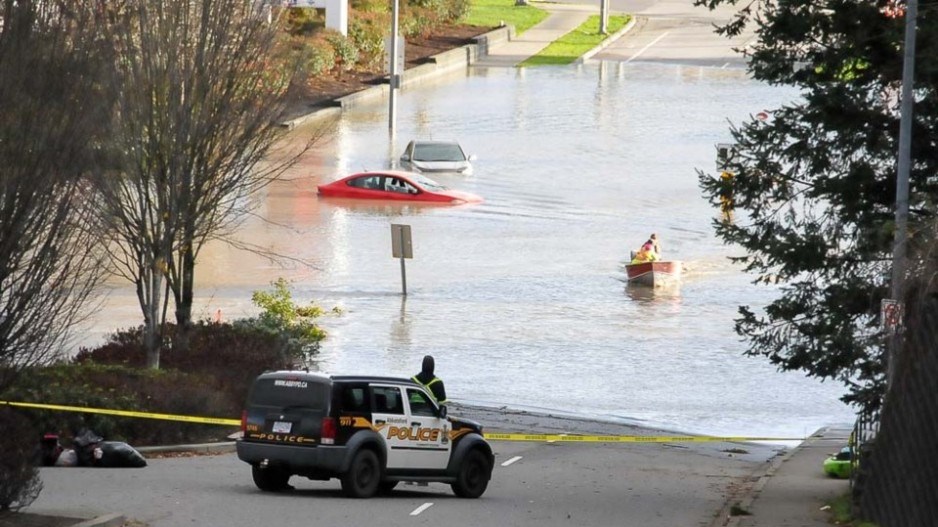Now would be the time for a forward-thinking infrastructure and trade corridor planning exercise in B.C.
Global supply chain woes, port delays, rail car shortages and extreme weather events continue to hamper the reliable movement of goods through Canada’s western-most province, impacting billions in trade for heavy industry while driving up the price and availability of everything from equipment to consumer goods.
None of this should come as a surprise – just look at a map.
As we learned through last year’s atmospheric river event, or the 2017 fires, it’s not difficult to cause major disruptions in this province’s trade corridors.
The combination of rugged coastline, mountain ranges and increasingly extreme weather patterns is putting our road and rail lines to the test. And there weren’t that many of them to begin with.
The most obvious chokepoint is at Hope, but pretty well every highway or rail corridor is little more than two-lanes wide and/or one landslide away from being shut.
Kudos should be given to the province, which has been steadily but quietly tackling these issues, notably the Kicking Horse Canyon Project, and the remarkable work that was done to reopen the Coquihalla and Fraser Canyon last year.
In the north, we’re finally beginning to see movement on a replacement for the Taylor Bridge (needed a decade ago) and a bypass for Highway 97 through Quesnel (I’ve often joked that if B.C. were ever invaded, the war would come to a screeching halt in downtown Quesnel).
These are good things, but steadily increasing traffic on road and rail lines – and the seemingly never-ending growth trajectory of the Port of Prince Rupert and Highway 16 corridor – would suggest a need to plan ahead for B.C.’s needs 10, 20 or even 30 years from now.
For the last eight years, the province, federal government and Northern Development Initiative Trust have placed emphasis on the concept of network resiliency when expanding high-speed internet throughout B.C.
That concept means the next time a backhoe rips through a fibre line west of Prince George, or a beaver chews through one near Tumbler Ridge, there’s a backup line to make sure the internet is still running – this is important not only for business operations, but also health care, education and social service delivery.
The same concept should be applied to future trade corridor planning on a whole-of-province basis, bringing Indigenous, local governments and industry to the table to plan, prioritize, map and gain tacit support for future infrastructure needs.
Make it shelf-ready so that when the time comes budget can be allocated and projects greenlighted with little delay.
It seems increasingly likely the CN mainline between Prince Rupert and Mount Robson will need to be widened at some point in the future, a project that would take years of planning and consultation to undertake.
To the north, the rail line between Fort St. John and Fort Nelson needs significant upgrades in order to unlock economic development opportunities in the Northern Rockies, while the CN line from Williams Lake to Squamish, which operates only when needed, must be maintained to a minimum level to protect network redundancy in the event of future supply chain interruptions through the Fraser Canyon.
And that’s just northern B.C.
While these are all issues that have been discussed in isolation for years, my concern is that if we don’t pursue the up-front planning and prioritization work that earns the community buy-in soon, we’ll find ourselves unable to respond as fast as we need to when the next disruption strikes.
In a world that’s increasingly uncertain amid climate events, changing trade relationships and burgeoning global security challenges, British Columbia would be wise to take the initiative now. •
Joel McKay is CEO of the Northern Development Initiative Trust.



